We have had another excellent week out at North Table Mountain. The snakes have really started moving now, primarily in the evenings, as the daytime temperatures have been getting into the 80’s and 90’s. The Adaptation Environmental Team, along with several volunteers, have been tracking the snakes three times each week, as well as additional expeditions to try and capture the remaining 9 rattlesnakes we need to reach our goal of 20 snakes.
Finding rattlesnakes may seem like an easy task to those who happen to stumble across them on a hike or walk, but putting together an effort to observe them on a trip to the field can be quite tough. If we want to observe rattlesnakes, there are a few key things we pay attention to in order to maximize our odds of encounters: time of day, the weather forecast, and the temperatures. Time of day comes into account as rattlesnakes change their periods of activity as the year progresses. During the spring and fall, rattlesnakes become primarily daytime creatures as the conditions they need to survive tend to be most prevalent during the day. During the warmer periods of the late spring, summer, and early fall, rattlesnakes tend to be more active in the early mornings, late afternoons, and after dark.
The weather forecast is another way for us to predict the likelihood of finding snakes. In the spring and fall, rattlesnakes tend to be active on sunny or partly sunny days, but during the summer, rattlesnakes tend to be more active during cooler, overcast days. Rattlesnakes in Colorado are rarely active during or after rainstorms as temperatures normally drop rapidly and as a result so does the body temperature of the cold-blooded rattlesnake.
The last key factor we often look for is adequate temperatures. Rattlesnakes are typically the most active between the 65-85 degrees Fahrenheit range, as this allows their bodies to function and/or digest food. This is probably the most important thing we look at because if daytime temperatures are in the 90’s or 100’s, we will want to be searching for the snakes before it gets that hot or as the temps start to cool off. If the temperatures only reach the 60’s or 70’s, we want to be there when they peak. This can also be helpful information for those of you out there who don’t want to encounter snakes, as trying to avoid these times could decrease your chances.
Prior to every time we head out into the field to either look for new snakes or track the ones we have already found, we always want to make sure we can be as safe as possible. This includes dressing in proper attire to protect us from rattlesnakes as we do hike into some thick off-trail areas where they can be extremely difficult to see. Each and every one of the staff and volunteers wears either the combination of thick hiking boots and snake gaiters, or snake proof boots. We do this as a precautionary effort in the instance that we don’t see a snake until it strikes and want to have every piece of protection we can to make sure that no bite occurs directly. This, along with the other safety precautions that we all take while in the field, ensure that we have done everything we can to put the odds on our side as far as safety goes. While you’re out for a hike, remember to stay on trails, keep your hands and feet out of anywhere you can’t see them, give a rattlesnake it’s space and admire it from a distance if you do happen to see one, and enjoy this amazing natural area.

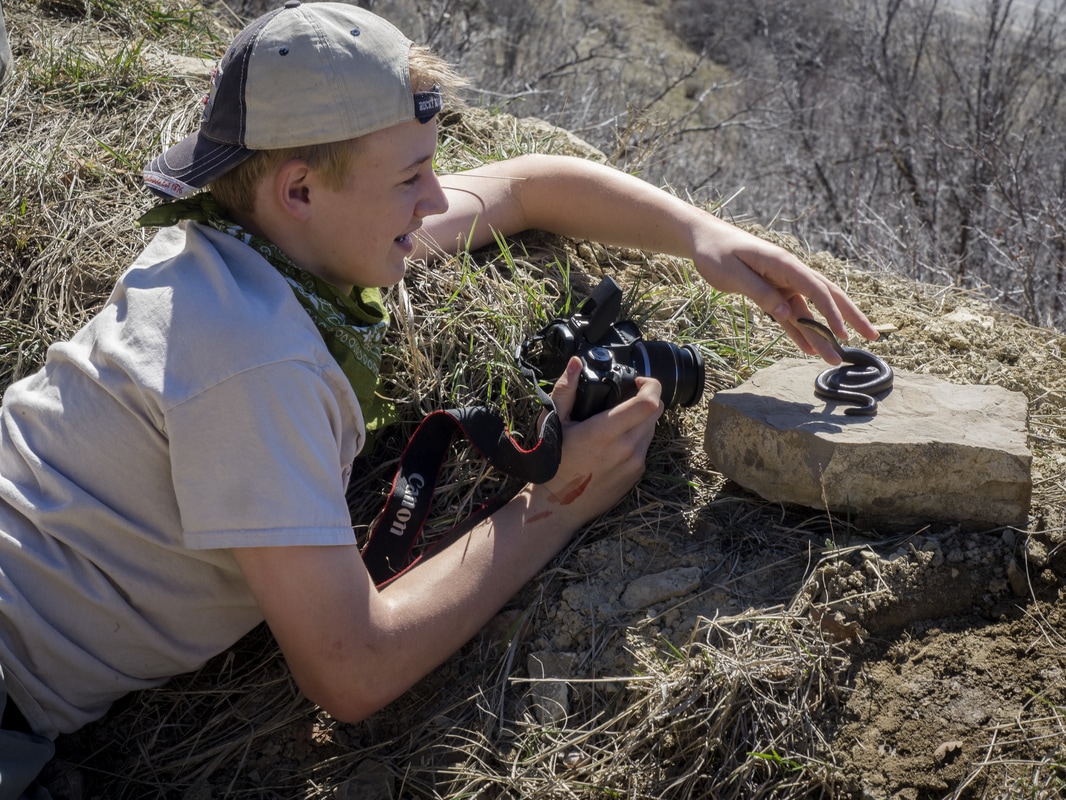
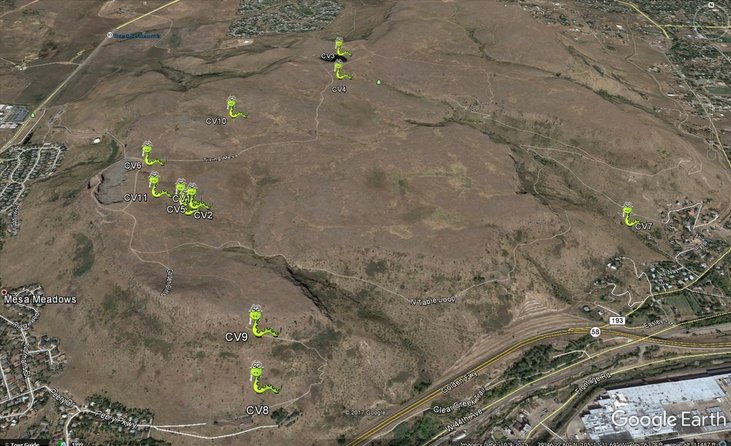
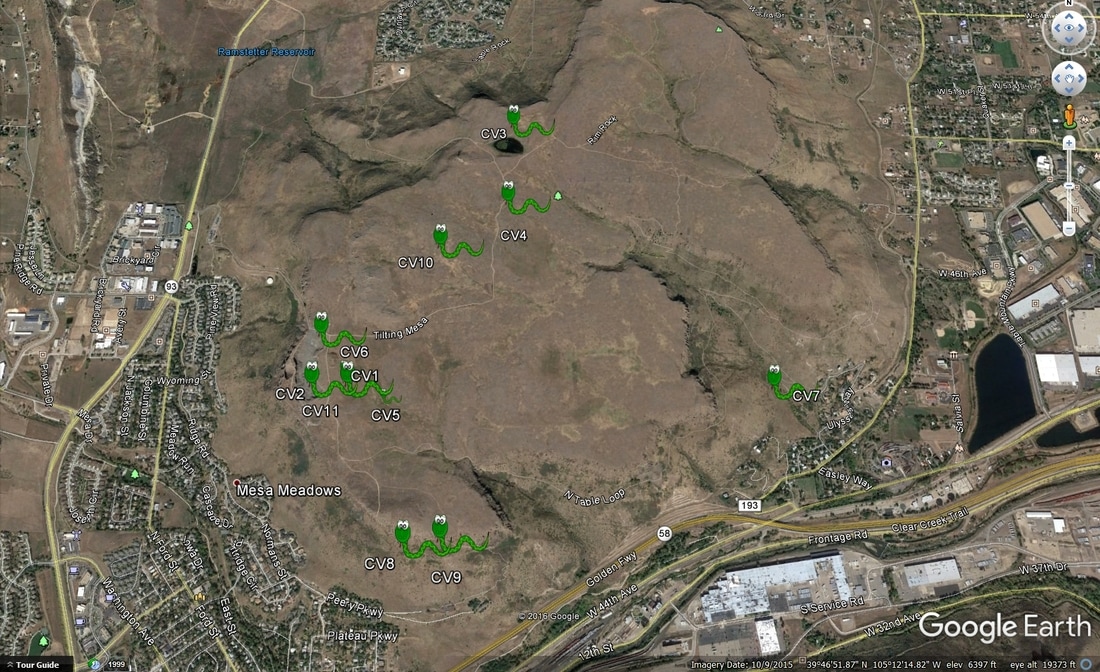
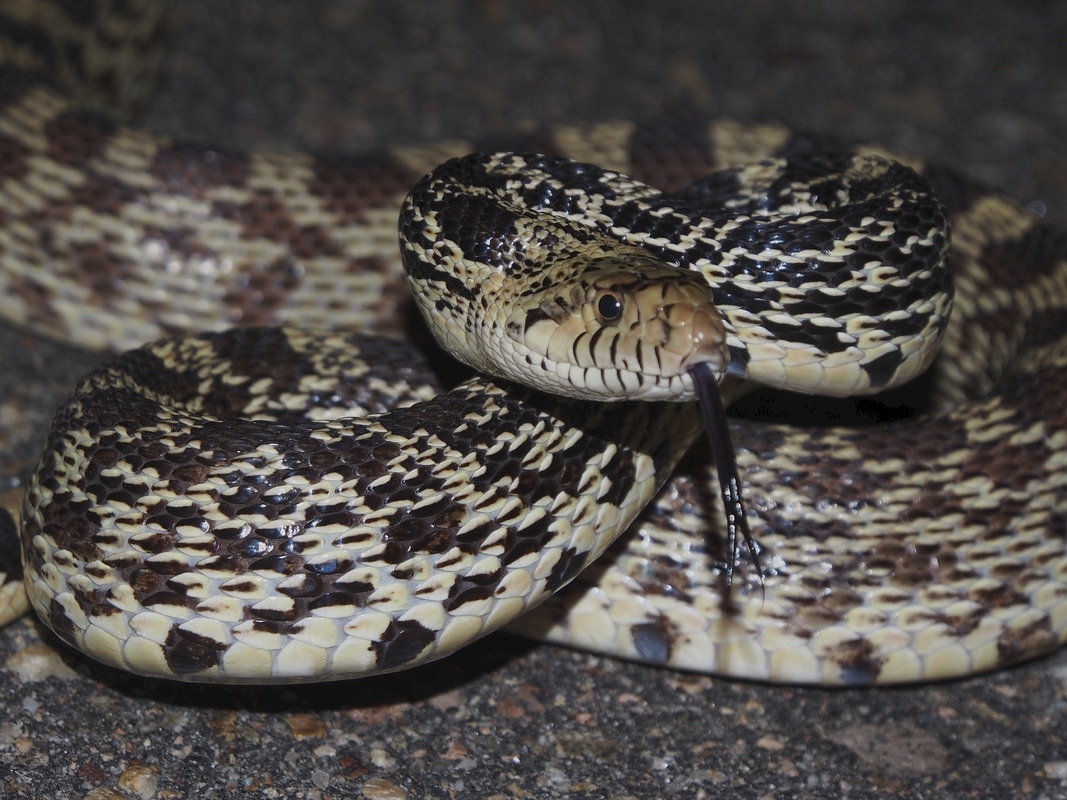
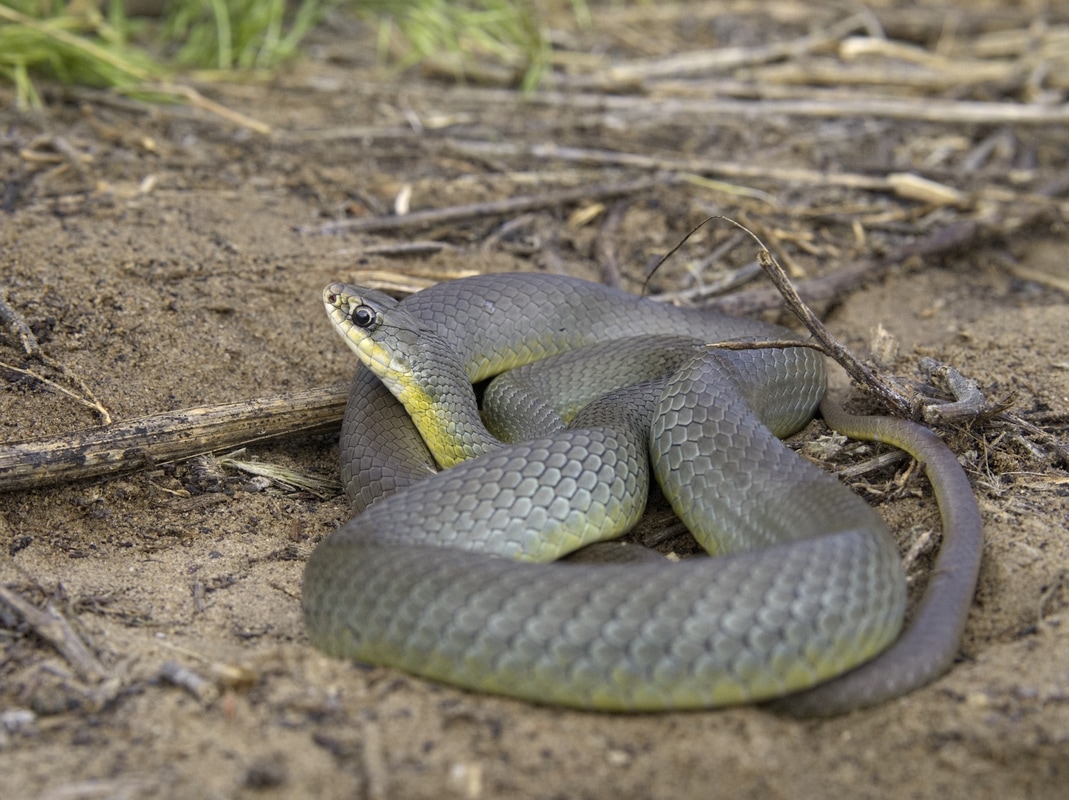
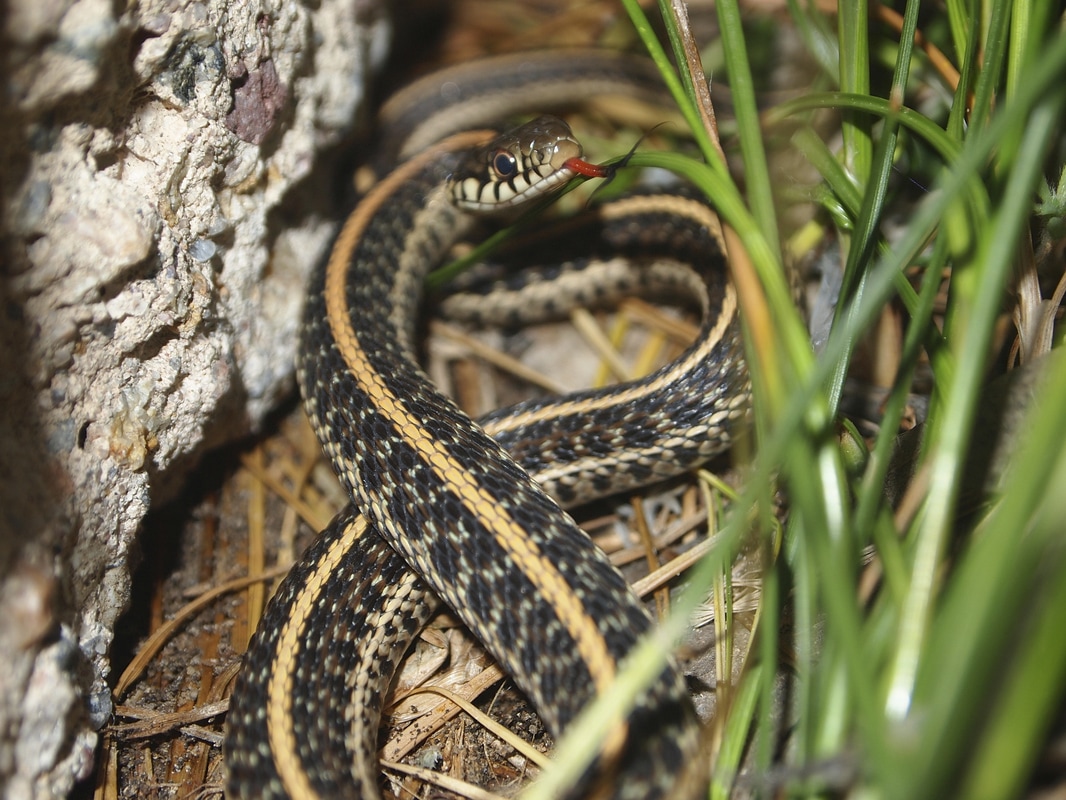
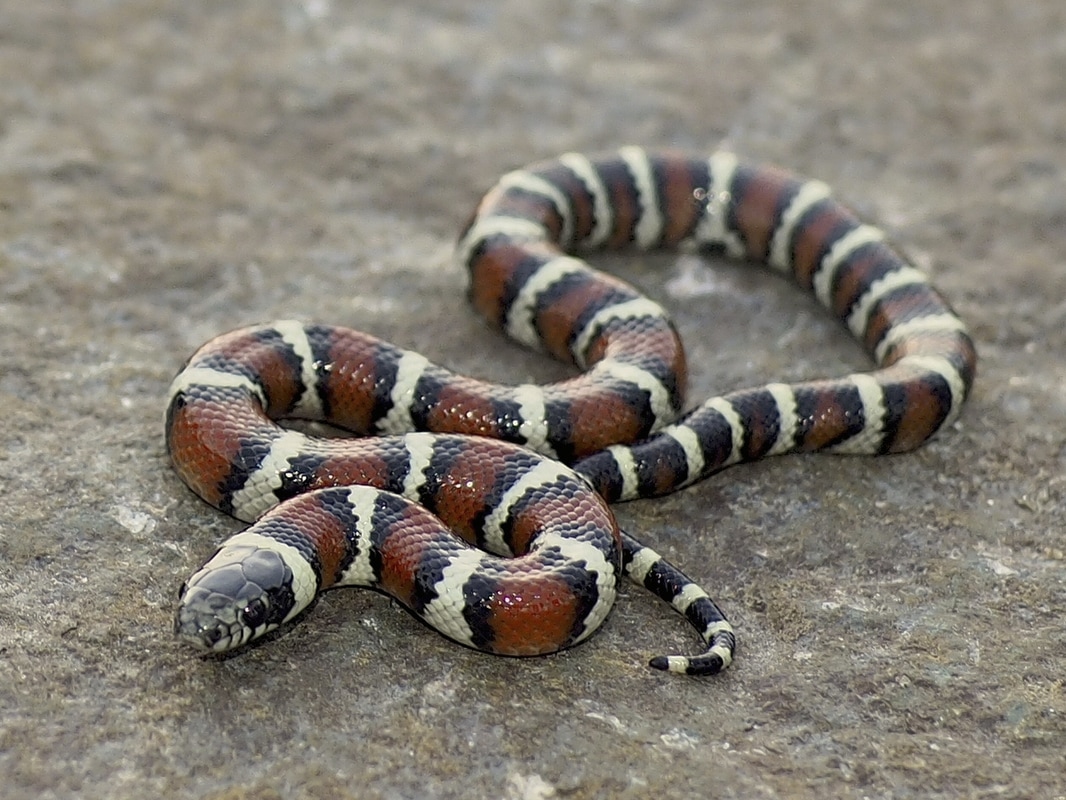
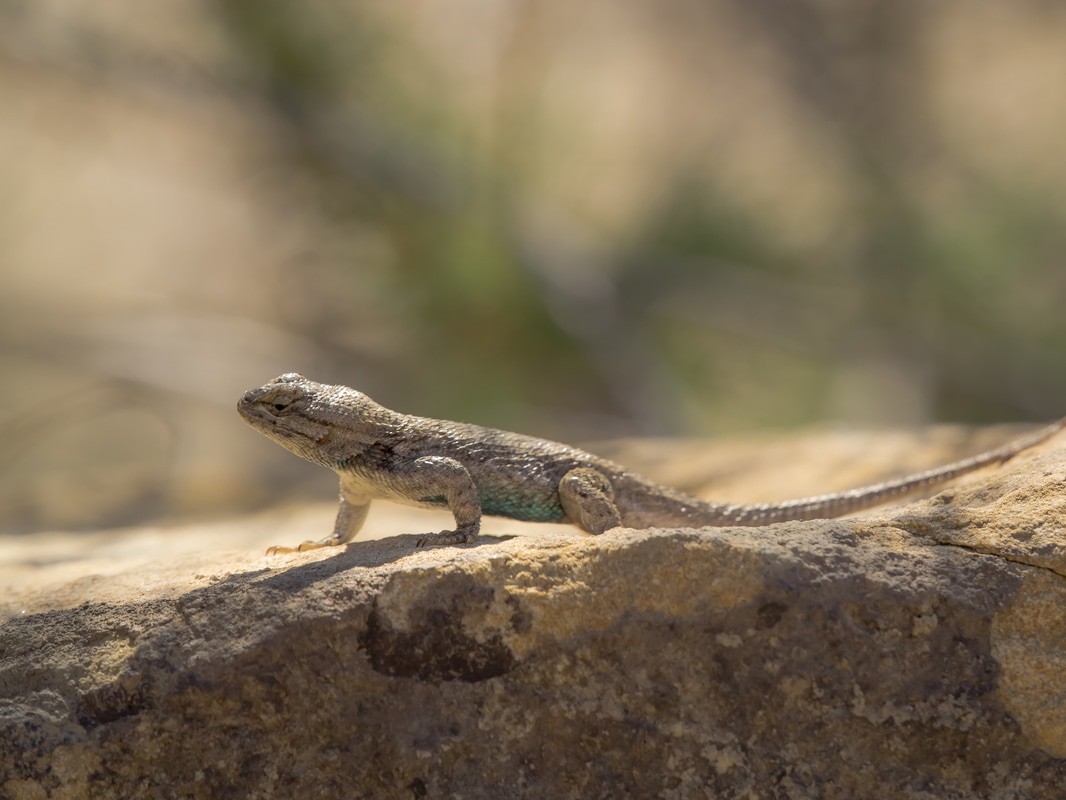
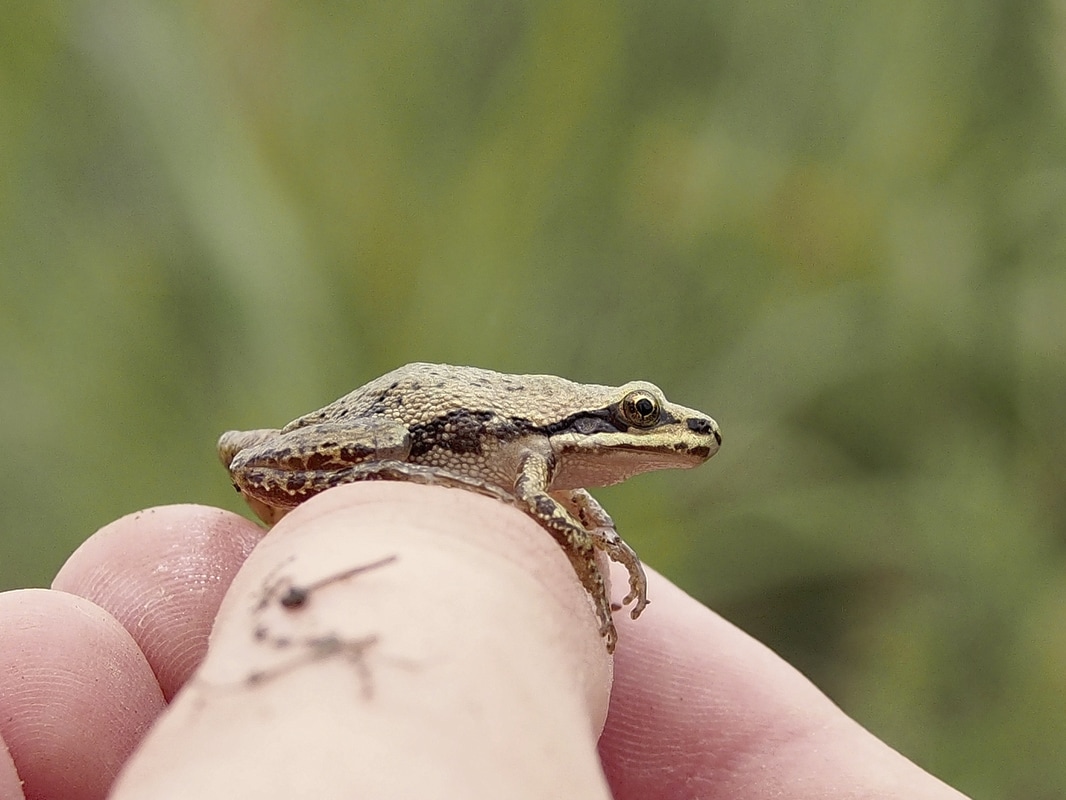
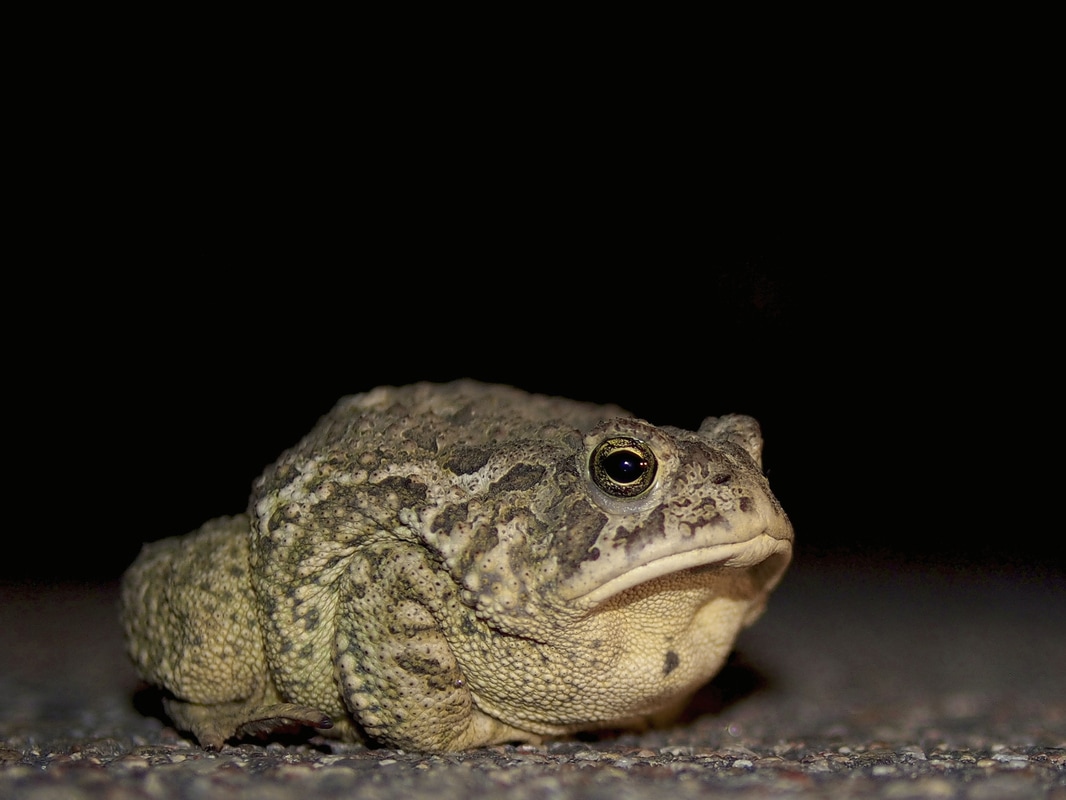
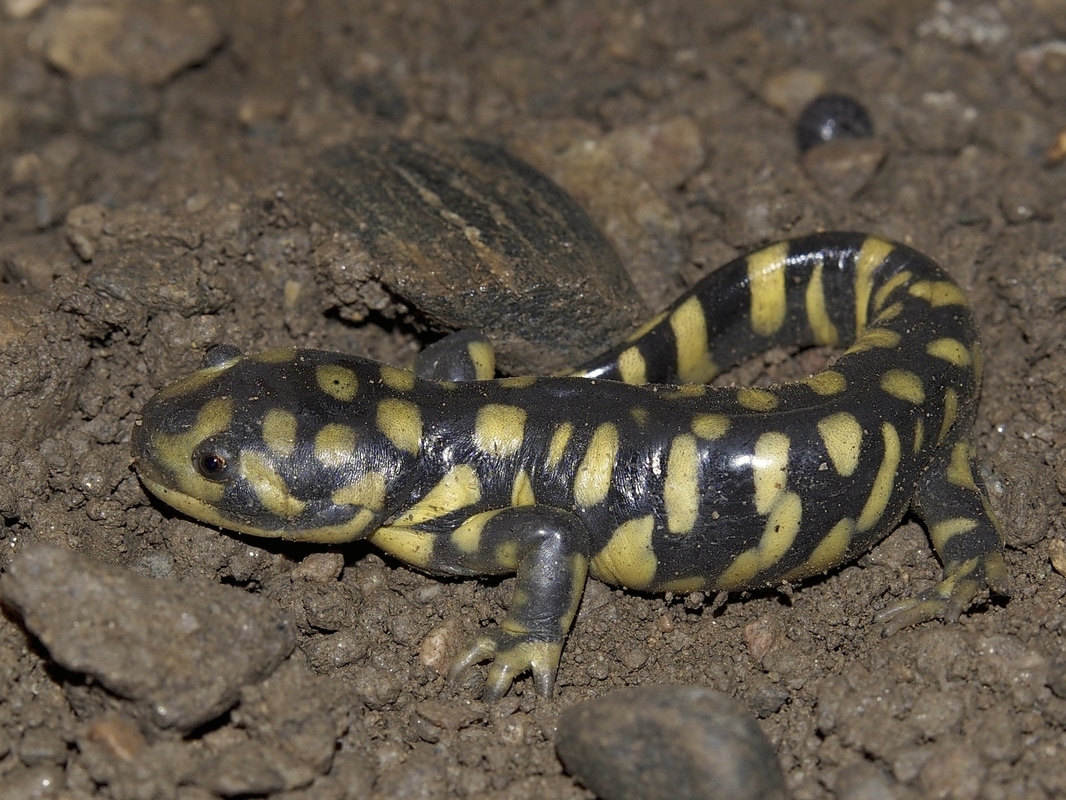
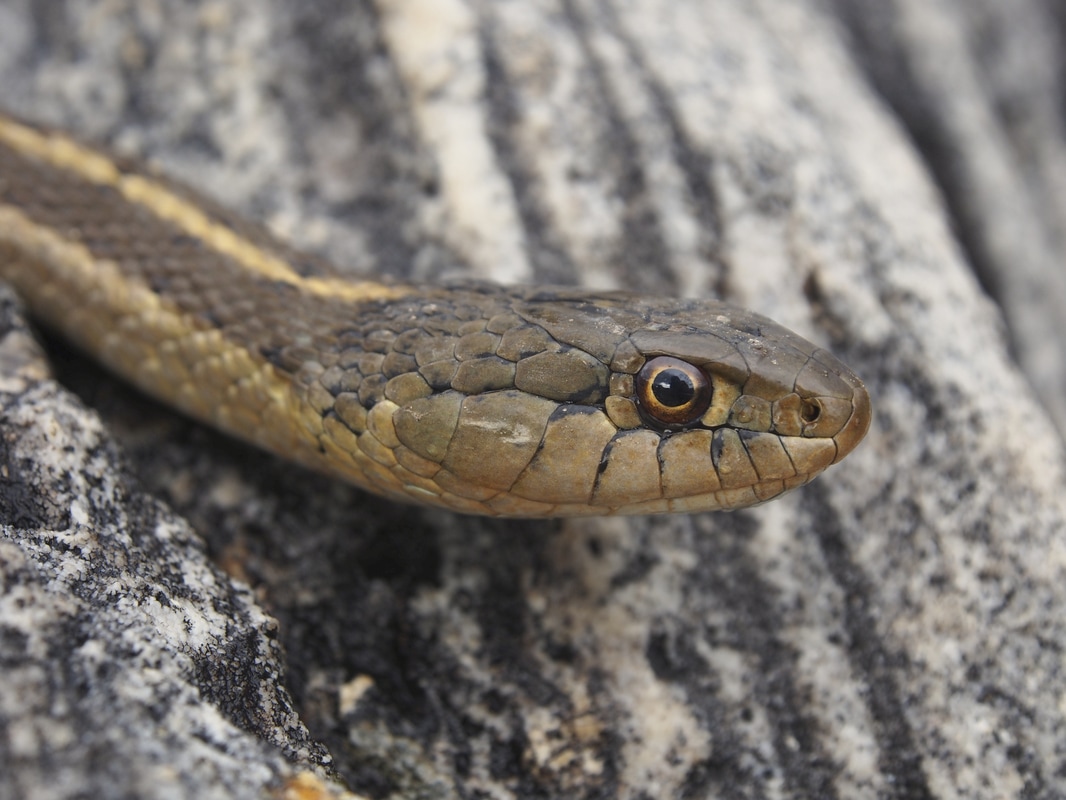
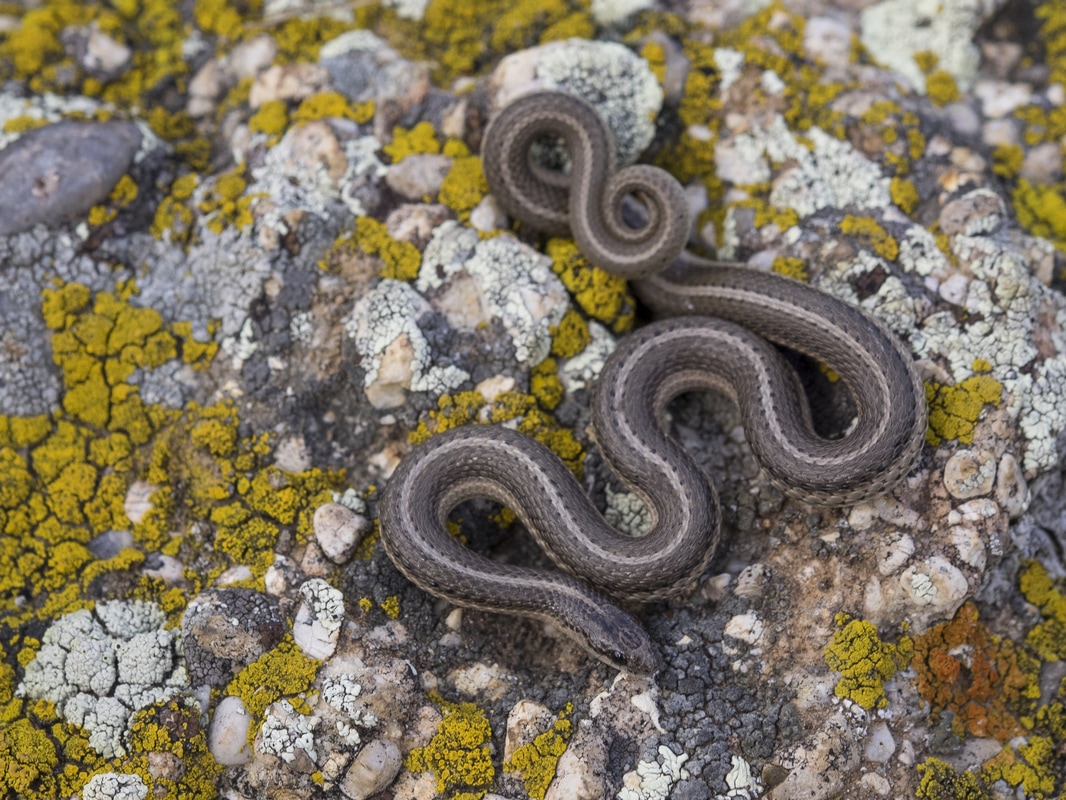
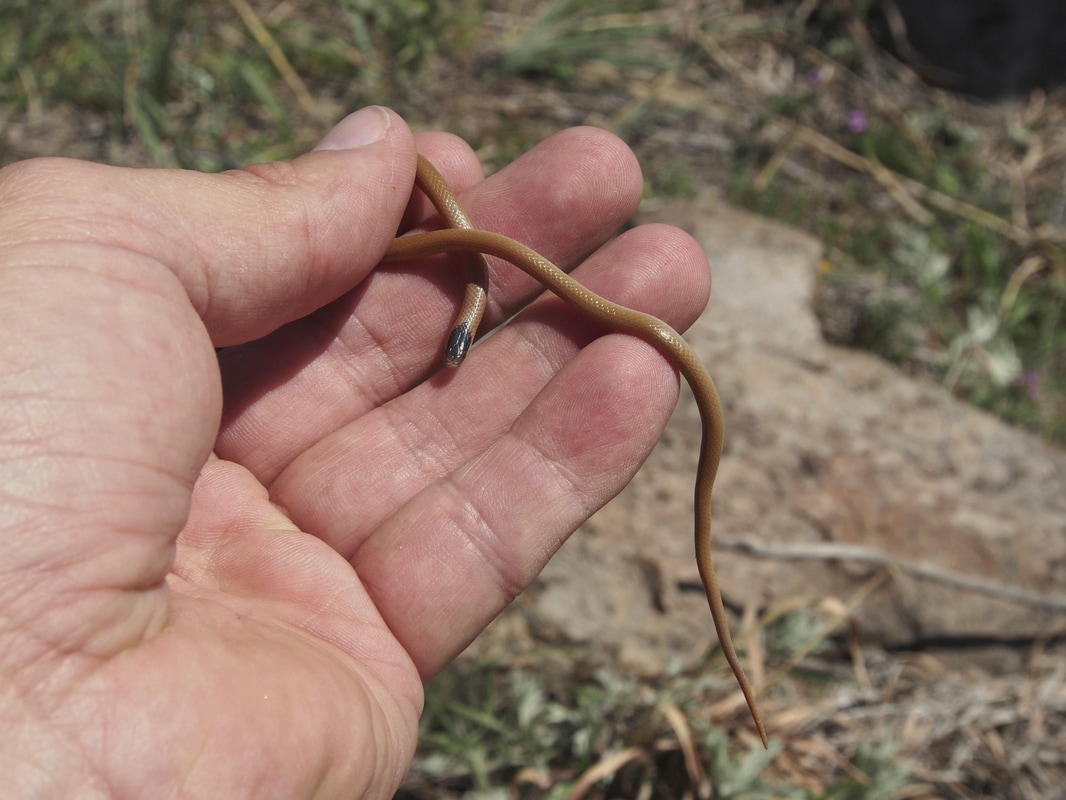
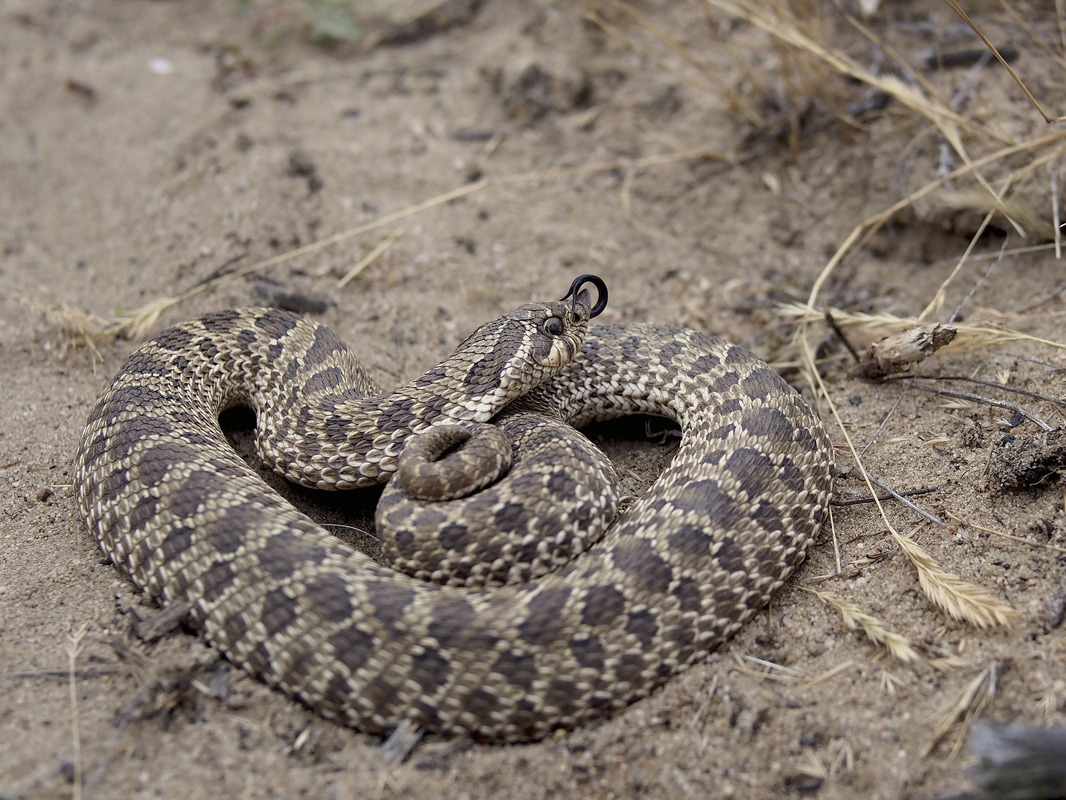

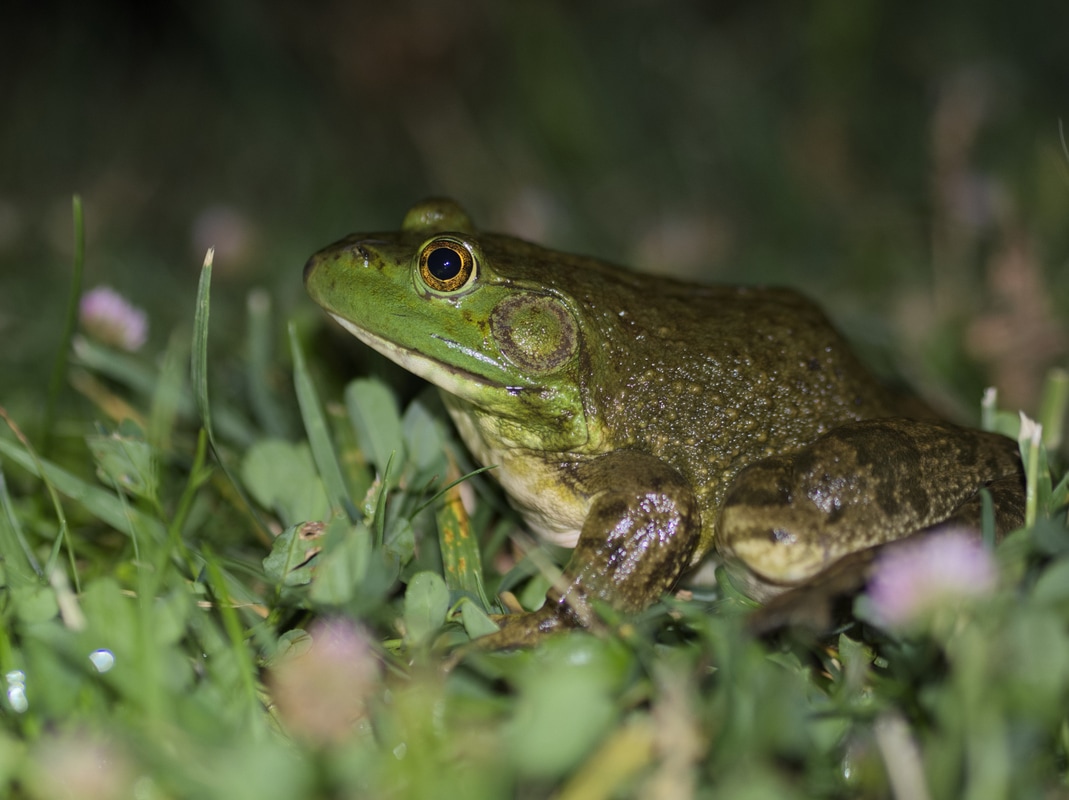
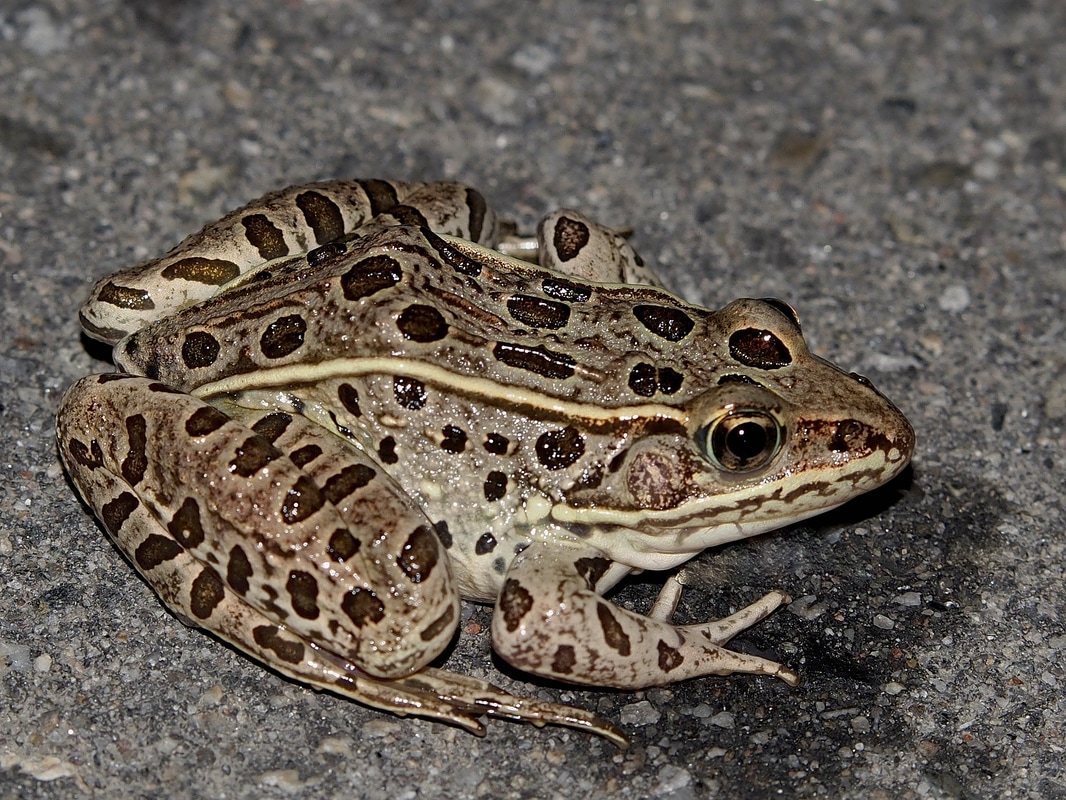


 RSS Feed
RSS Feed
